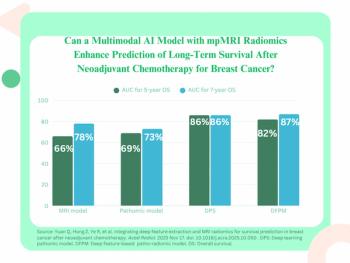
Report from ECR: NSF’s underlying causes remain elusive
The relationship between gadolinium-based contrast media for MRI and nephrogenic systemic fibrosis may be more nuanced than previously thought, according to several studies presented Friday at the 2008 ECR.
The relationship between gadolinium-based contrast media for MRI and nephrogenic systemic fibrosis may be more nuanced than previously thought, according to several studies presented Friday at the 2008 ECR.
Danish physicians rang the alarm in 2006 when they published data revealing a link between gadolinium-based contrast media and NSF in patients with acute renal failure. Within a year, European authorities had banned the use of gadodiamide and gadopentate dimeglumine in these patients. The FDA followed suit shortly after with a blanket alert for all five gadolinium agents marketed in the U.S.
Findings just released in Vienna, however, suggest that evidence is not sufficient to indict all gadolinium-based agents under the same suspicion. Researchers underscored the need for a better understanding of NSF's underlying causes, while placing its occurrence in a larger context to avoid undermining an otherwise valuable medical imaging tool.
Vincent Launay-Vacher, PharmD, and colleagues at the Pitié-Salpêtrière Hospital in Paris retrospectively reviewed data from 308 patients with renal insufficiency who underwent MR imaging with and without gadolinium from July 2005 to July 2006 at nine sites across France. Nearly four-fifths of them got gadolinium, with 57% receiving gadoterate meglumine and 2.3% receiving gadodiamide. Investigators found no evidence of NSF during follow-up despite reports in the clinical literature detailing the potential risks, particularly for those patients receiving gadodiamide.
The findings validate previous ones that show macrocyclic gadolinium chelates are safer than those having a linear structure with excess chelate. These agents -such as gadodiamide- seem more likely to release free gadolinium into the body, Launay-Vacher said.
In a different study, radiologist Dr. Gertraud Heinz-Peer and colleagues at the Medical University of Vienna reviewed the records of 552 patients with chronic renal failure undergoing peritoneal dialysis and hemodialysis who were scanned with gadolinium-enhanced MR between 1997 and 2007.
The investigators assessed the number, type, and cumulative doses of contrast injections, as well as other potential NSF cofactors. Their data validated previous reports on NSF prevalence. They did not, however, find a correlation between cumulative dose and the specific type of contrast agent used.
Scottish researchers led by Dr. Giles H. Roditi compared survival statistics for patients with and without NSF undergoing renal replacement therapy between 2000 and 2006. The investigators reviewed a database of 1824 cases, 14 of which were NSF. They found the mean and median survival times for patients diagnosed with NSF were not significantly different from other patients (p = 0.378).
"Our data do not demonstrate a survival difference," Roditi said.
For more online information, visit Diagnostic Imaging's
Newsletter
Stay at the forefront of radiology with the Diagnostic Imaging newsletter, delivering the latest news, clinical insights, and imaging advancements for today’s radiologists.




























